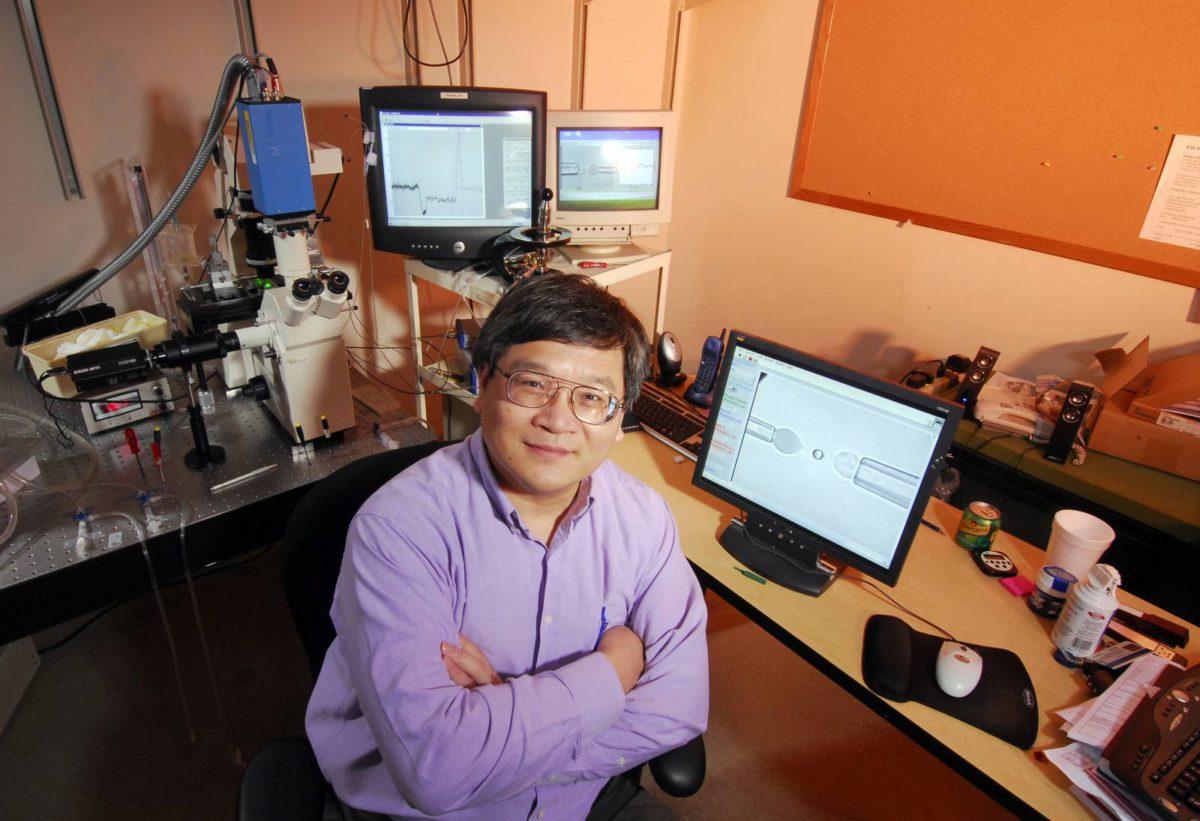
Cheng Zhu, a Professor of Biomedical Engineering at Georgia Tech, has completed research that changes the way scientists understand T cell recognition processes within the body. Previous theories suggest that, when cells are invaded by a pathogen, T cell receptors bind with the antigen on those affected cells. This reaction begins a signaling process that instructs a co-receptor on the T cell to also bind with the molecule that presents the antigen. This combination of efforts results in an amplified effect on the signaling and recognition process. Before Zhu’s research was conducted, the exact role of the co-receptor in the signaling process was vague to scientists. This study’s results show that the co-receptors actually help the T cells discriminate between different types of cells; the T cells can recognize pathogens but avoid attacks on the body.
Though it was previously assumed that T cells and co-receptors work in complete conjunction, Zhu’s findings suggest that this is not entirely true. When studied closely, there is approximately a one second delay between T cell action and co-receptor involvement. The combined effort of the cells is therefore stronger than the sum of individual binding if the T cell and co-receptor worked independently.
A micropipette adhesion frequency assay technique was implemented to conduct this research of the cells’ interaction and Zhu believe that this procedure is superior to others because, due to receptors staying on the surface of the T cell membrane, the interaction between T cells and co-receptors is more accurately simulated. Zhu remarked that "this new study adds significantly to the understanding of how T cell receptors and associated molecules differentiate the antigens of the body's own cells from those of an invader."
